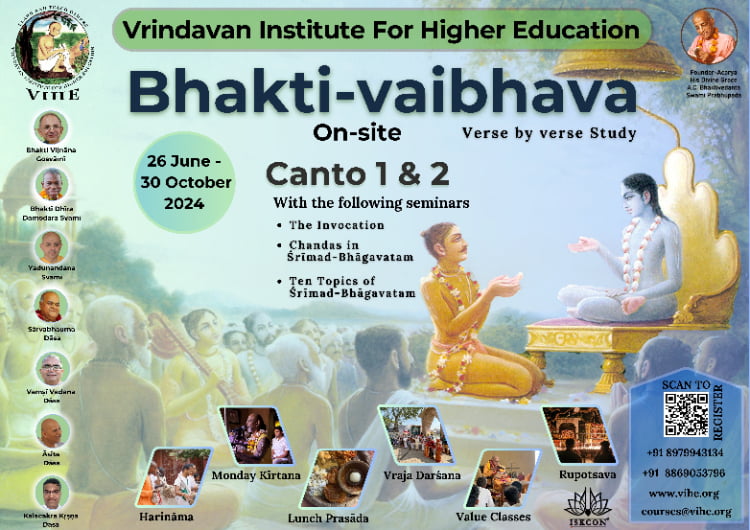How Movies Embraced Hinduism (Without You Even Noticing)
By Nirpal Dhaliwal | Dec 31, 2015

nterstellar’s box office total is $622,932,412 and counting. It is the eighth highest-grossing film of the year and has spawned an endless raft of thinkpieces testing the validity of its science and applauding the innovation of its philosophy. But it is not so new. The idea that propels the plot – there is a universal super-consciousness that transcends time and space, and in which all human life is connected – has been around for about 3,000 years. It is Vedic.
When the film’s astronaut hero (Matthew McConaughey), declares that the mysterious and all-knowing “they” who created a wormhole near Saturn through which he travels to save mankind – dissolving his sense of material reality in the process – are in fact “us”, he is simply repeating the central notion of the Upanishads, India’s oldest philosophical texts. These hold that individual human minds are merely brief reflections within a cosmic one.
McConaughey’s character doesn’t just talk the talk. He walks the walk. So, the multidimensional tesseract – that endlessly reflective prism he finds himself in as he comes to this realisation, and in which he views life from every perspective – is the film’s expression of Indra’s net, the Hindu metaphor which depicts the universe as an eternal web of existence spun by the king of the gods, each of its intersections adorned with an infinitely sided jewel, every one continually reflecting the others.
Read more: http://www.theguardian.com/film/2014/dec/25/movies-embraced-hinduism












